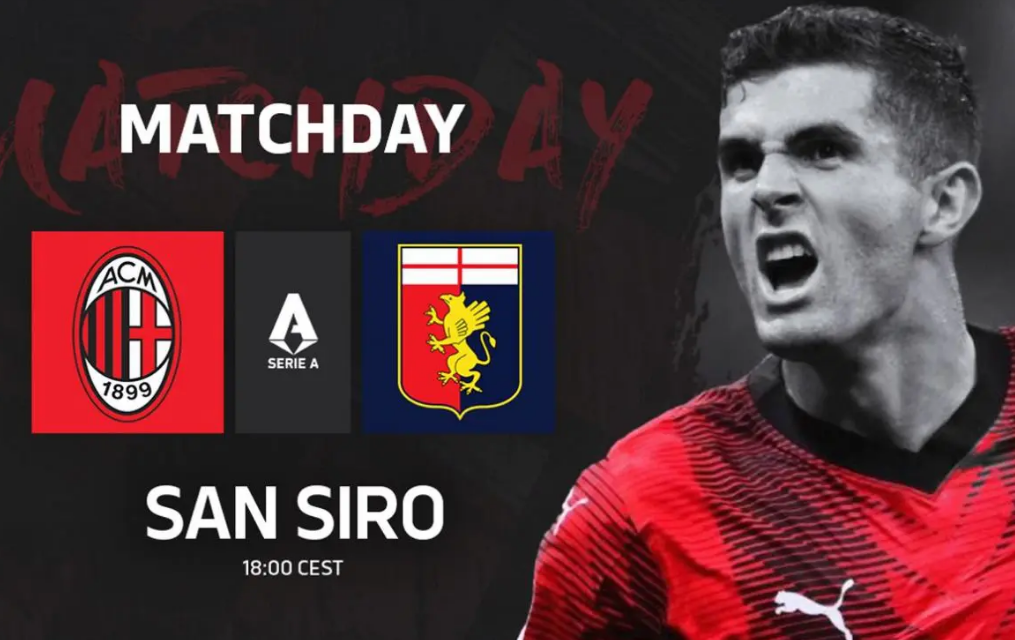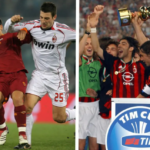Introduction to Social Media and its impact on sports teams
Social media has transformed the way fans interact with their favorite sports teams. In an instant, reactions to lineups, player performances, and coaching decisions can flood timelines across platforms. For clubs like AC Milan and Genoa CFC, this digital landscape poses both exciting opportunities and daunting challenges. With every tweet or post, opinions are voiced loudly, often shaping the narrative surrounding key games. But what happens when that feedback turns harsh? How do these iconic teams navigate the storm of social media scrutiny? The recent clash between AC Milan vs Genoa CFC lineups serves as a prime example of how quickly fan sentiment can sway perceptions—and sometimes even impact team dynamics. Let’s explore how social media influences these legendary clubs and what steps they can take to protect themselves from destruction by online chatter.
The case of AC Milan vs Genoa CFC lineups and the reaction on social media
The lineups for the ac milan vs genoa cfc lineups match often ignite passionate discussions online. Fans eagerly anticipate each team’s strategy, pouring over every detail. A last-minute change can set off a flurry of reactions.
When AC Milan announces their starting eleven, social media platforms explode with opinions and analyses. Supporters dissect player choices, questioning tactics and formations. Some cheer for familiar faces while others voice frustration at unexpected omissions.
Genoa’s lineup prompts similar debates. Each selection is scrutinized under fans’ watchful eyes, making it clear that every decision impacts morale on both sides.
This dynamic creates an electric atmosphere where even minor adjustments can become trending topics within minutes. The immediacy of Twitter or Instagram amplifies emotions—supporters rally behind their teams or criticize coaching decisions in real time.
Such engagement reflects the powerful role social media plays in shaping narratives around these iconic clubs.
The role of fans in shaping team decisions through social media
Fans wield significant power in today’s digital age. Through social media, their voices echo far and wide. A single tweet or post can prompt discussions that reach club management.
When AC Milan faces Genoa CFC, fans take to platforms like Twitter and Instagram to express their opinions on lineups. Their feedback often influences decisions made by coaches and executives. This interaction creates a unique dynamic between the team and its supporters.
Engagement isn’t just about cheering for victories; it’s also about voicing concerns or suggestions regarding player selections. Fans feel an emotional investment in every match, making them pivotal players off the pitch.
Clubs recognize this influence. They monitor sentiment closely, adapting strategies based on fan reactions. The digital landscape has transformed traditional supporter roles into active participants in shaping team dynamics—an essential aspect of modern football culture.
How social media affects team morale and performance
Social media has become a double-edged sword for sports teams. On one side, it can foster community and connection among fans. On the other, it amplifies the scrutiny and criticism that players face after every game.
When lineups are announced, like those of AC Milan vs Genoa CFC lineups, reactions flood in instantly. Players often see these comments directly. Negative feedback can seep into their minds, impacting confidence.
Moreover, constant online chatter about performance or tactics creates an atmosphere of pressure. Athletes may find themselves distracted by what’s being said instead of focusing on their game.
However, positive engagement can boost morale significantly. Supportive fan interactions motivate me during tough times. Striking the right balance is crucial for maintaining team spirit and focus on the field.
Potential solutions for managing social media backlash and criticism
Managing social media backlash starts with proactive engagement. Teams should cultivate an online community where fans feel heard and valued. This can include regular Q&A sessions or live chats to address concerns directly.
Another effective strategy is to establish clear guidelines for communication. By setting expectations around feedback, teams can foster a more constructive dialogue among supporters rather than allowing negativity to spiral out of control.
Transparency also plays a crucial role. Sharing insights about lineup decisions or player performances helps demystify choices made by the coaching staff. Fans appreciate understanding the rationale behind each decision.
Additionally, employing social media monitoring tools can help organizations track sentiment in real-time. Identifying potential issues early allows for timely responses before conversations escalate into larger controversies.
Training staff on crisis management protocols ensures everyone knows how to respond effectively when online criticism arises.
The importance of communication and transparency from teams on social media
Effective communication is crucial for sports teams today. Social media provides a direct line to fans, making transparency more important than ever.
When AC Milan shares their lineups or strategic changes openly, it fosters trust among supporters. Fans appreciate being in the loop about team decisions.
Transparency can also mitigate misunderstandings that might arise from speculation. If a player is left out of the lineup due to injury or tactical reasons, clear communication helps quell rumors and negative feedback.
Engaging with fans through Q&A sessions or behind-the-scenes content deepens connections. It shows that clubs value their supporters’ input.
Moreover, timely updates during crises—like sudden injuries—can help maintain fan support even amidst disappointment. Keeping the lines open encourages loyalty and understanding within the fanbase.
Conclusion: Finding a balance between social media and team success
As the digital landscape evolves, finding a balance between social media engagement and team dynamics becomes crucial. The case of AC Milan vs Genoa CFC lineups highlights how fan reactions can influence perceptions and decisions. Social media platforms serve as a sounding board for passionate fans and a potential minefield for teams.
To navigate this terrain effectively, clubs must prioritize clear communication. Transparency regarding lineup choices, injuries, or tactical shifts can help mitigate backlash and foster understanding among supporters. By actively engaging with their fan base while also managing expectations, teams can harness the power of social media rather than be overwhelmed by it.
Building resilience within the squad is equally important. When players feel supported—both on-field through coaching strategies and off-field via positive fan interactions—they are likely to perform better under pressure. Hence, nurturing morale is vital in maintaining peak performance levels.
Embracing social media as a tool for connection instead of conflict will pave the way toward sustainable success for sports teams like AC Milan and Genoa CFC in today’s fast-paced environment.









